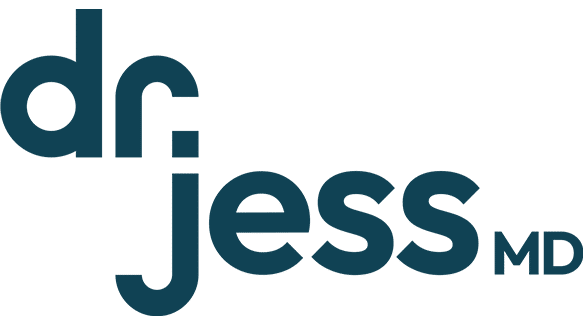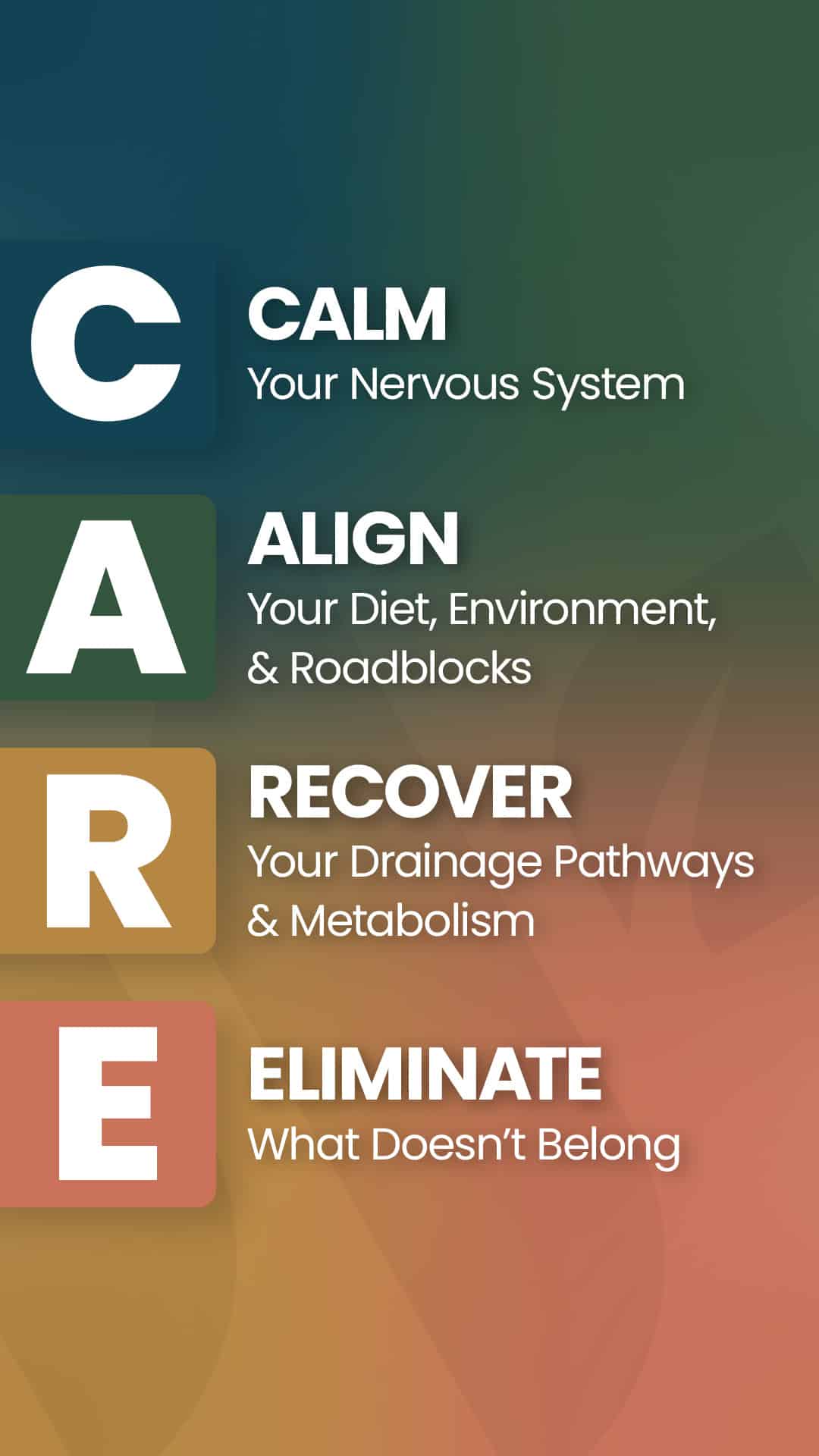Healing Journey Insights & Tools
I Tried Red Light Therapy For 90-Days: A Medical Doctor’s Personal Results
Introduction
As a functional medicine doctor, I’ve spent years exploring non-invasive treatments that support health and healing. After moving to Florida recently, I started noticing the toll the sun was taking on my skin. Fine lines, uneven texture, and sun damage became more prominent, especially on my chest and face. This prompted me to explore red light therapy (RLT) as part of a broader skincare strategy. I wanted to see firsthand if it could help with my concerns, and I committed to using BonCharge’s Red Light Face Mask and Neck and Chest Mask for 90 days.
I also combined this at-home treatment with RF Microneedling and IPL laser treatments to target sun damage more aggressively. This blog is a deep dive into my experience, what I learned about red light therapy, and whether I’d recommend it to my patients.
What is Red Light Therapy (RLT)?
Red light therapy uses specific wavelengths of red and near-infrared light to stimulate cellular activity, particularly the mitochondria (cells’ “powerhouse”). This process enhances the production of ATP, the energy currency of cells, leading to improved cellular function, reduced inflammation, and accelerated tissue repair. Studied initially by NASA to help plants grow in space, RLT has since gained recognition for its medical applications, from wound healing to skin rejuvenation.
The therapy works by increasing blood flow and collagen production in the skin. Collagen, as you might know, is a protein that maintains the skin’s structure and elasticity. By improving circulation and collagen synthesis, red light therapy can reduce the appearance of fine lines, wrinkles, and scars. In contrast, near-infrared light (which penetrates deeper into the skin) is known for its benefits in reducing muscle pain, inflammation, and joint stiffness.
What Research Says About Red Light Therapy
As a doctor, I consult science before fully embracing any new treatment. Thankfully, growing evidence supports the use of red light therapy. Research published in the Journal of Clinical and Aesthetic Dermatology demonstrates that red light therapy can significantly improve skin smoothness and tone and reduce wrinkles when used consistently. Another Photomedicine and Laser Surgery study showed that near-infrared light promotes tissue repair, accelerates healing, and reduces inflammation.
Additionally, red light therapy has shown promising results for muscle atrophy, hair loss, and even improving sleep cycles due to its effects on melatonin production. An emergency room physician, Dr. Jordan Wagner, highlighted these points in a recent YouTube video, where he explained how red light therapy’s impact on cellular energy boosts healing and rejuvenation. He emphasized its efficacy in treating skin conditions like acne, psoriasis, and wounds and its potential for short-term pain relief in conditions like arthritis.
Why I Chose BonCharge’s Red Light Devices
Given the variety of red light devices on the market, I opted for BonCharge’s Red Light Face Mask and Red Light Neck and Chest Mask due to their full-spectrum light technology, which combines red (630-650nm) and near-infrared (850nm) wavelengths. The mask targets the face, improving skin tone, texture, and fine lines, while the chest mask is particularly effective for addressing sun damage and sagging skin.
These devices were also portable and easy to use, making integrating them into my nightly routine simple. I appreciated the ability to customize the intensity and duration of the treatment, allowing me to adjust based on my skin’s sensitivity.
BON CHARGE Red Light Devices– 25% off with code DRJESS25
My 90-Day Journey
Weeks 1-2: Early Impressions
The first few weeks were about adjusting to the therapy. I used the Red Light Face Mask and Neck and Chest mask five days a week for about 10 minutes each session. While I didn’t notice immediate changes, my skin felt more hydrated after each treatment, and there was a subtle glow that hadn’t been there before. More than anything, the warm, soothing sensation of the red light therapy made it feel like a spa treatment, helping me unwind after a long day.
Weeks 3-4: Subtle Changes
By the end of the first month, I started noticing more meaningful skin changes. The fine lines around my eyes seemed softer, and my overall complexion looked healthier and more even. This was particularly exciting, as I’d begun to worry that my skin was losing elasticity faster than expected. The red light therapy seemed to reverse some early signs of aging, though I knew it would take longer to see the full effects.
The results were slower on the chest, where I had more pronounced sun damage, but I felt encouraged. Sunspots that had been stubbornly present for years started to look lighter, and the skin felt smoother.
Weeks 5-8: Significant Improvements
At this stage, the improvements were no longer subtle. By the end of the second month, my skin tone was visibly more even, and the redness I often experienced (notably after long beach walks) had decreased significantly. The fine lines around my mouth and forehead appeared less pronounced, and my chest, once plagued by uneven pigmentation, looked much better.
One unexpected benefit was that my muscles felt less sore after strength training, mainly when I used the chest plate post-workout. Near-infrared light’s ability to penetrate deeper tissues helped reduce inflammation and promote recovery.
Weeks 9-12: Dramatic Results
As the 90-day mark approached, the changes were undeniable. My skin was youthful, and friends even commented on how refreshed I looked. The fine lines around my eyes and mouth were noticeably diminished, and my chest—once a reminder of years of sun exposure—looked much healthier, with sunspots dramatically reduced.
But the benefits weren’t just aesthetic. I found that my sleep had improved, likely due to red light therapy’s calming effect on my body’s melatonin production. By the end of the journey, I felt more energized, and my skin felt years younger.
BON CHARGE Red Light Devices– 25% off with code DRJESS25
Understanding the Science: Red vs. Near-Infrared Light
As Dr. Wagner pointed out in his video, understanding the distinction between red and near-infrared light is crucial when choosing a therapy. Red light (630-650nm) primarily affects the skin’s surface, promoting collagen production, improving circulation, and helping to rejuvenate aging skin. This is why the BonCharge Red Light Face Mask effectively treats fine lines and wrinkles.
Near-infrared light (850nm), on the other hand, penetrates deeper into tissues, addressing muscle soreness, inflammation, and even joint pain. The combination of these two wavelengths in BonCharge’s devices is what makes them so effective for both skin and muscle recovery.
Who Can Benefit From Red Light Therapy?
From my experience and research, red light therapy benefits many people. If you want to improve skin tone, reduce the appearance of fine lines, or address sun damage, red light therapy could be a game-changer. Athletes or anyone dealing with chronic muscle soreness or inflammation can also benefit from the deeper-reaching effects of near-infrared light.
As Dr. Wagner mentioned, red light therapy has shown promise in treating conditions like arthritis, carpal tunnel syndrome, and hair loss. While it’s not a cure-all, it’s an exciting tool that, when used consistently, can offer a range of health and wellness benefits.
Final Thoughts: Is Red Light Therapy Worth It?
After 90 days of consistent use, I’m convinced that red light therapy is more than just a health trend. It’s a scientifically backed treatment with tangible benefits for skin health, recovery, and overall well-being. The combination of BonCharge’s Red Light Face Mask and Neck and Chest Mask with RF Microneedling and IPL laser treatments was the perfect regimen for reversing sun damage and reducing the signs of aging. It’s not a quick fix, but the results are worth the time and effort if you’re willing to commit.
My advice for anyone curious about trying red light therapy is simple: do your research, choose high-quality devices, and be consistent. Whether you want to enhance your skin’s appearance, improve muscle recovery, or simply relax and unwind, red light therapy offers many benefits that can fit into any health regimen.
Real Progress From
Real People
FREE CARE Plan eBOOK by Dr. Jess, MD.
This system mirrors Dr. Jess MD's steps with patients in her virtual clinic. It’s not a diagnosis, it’s a roadmap; a step-by-step process designed to help people restore function, remove roadblocks, and rebuild resilience.



